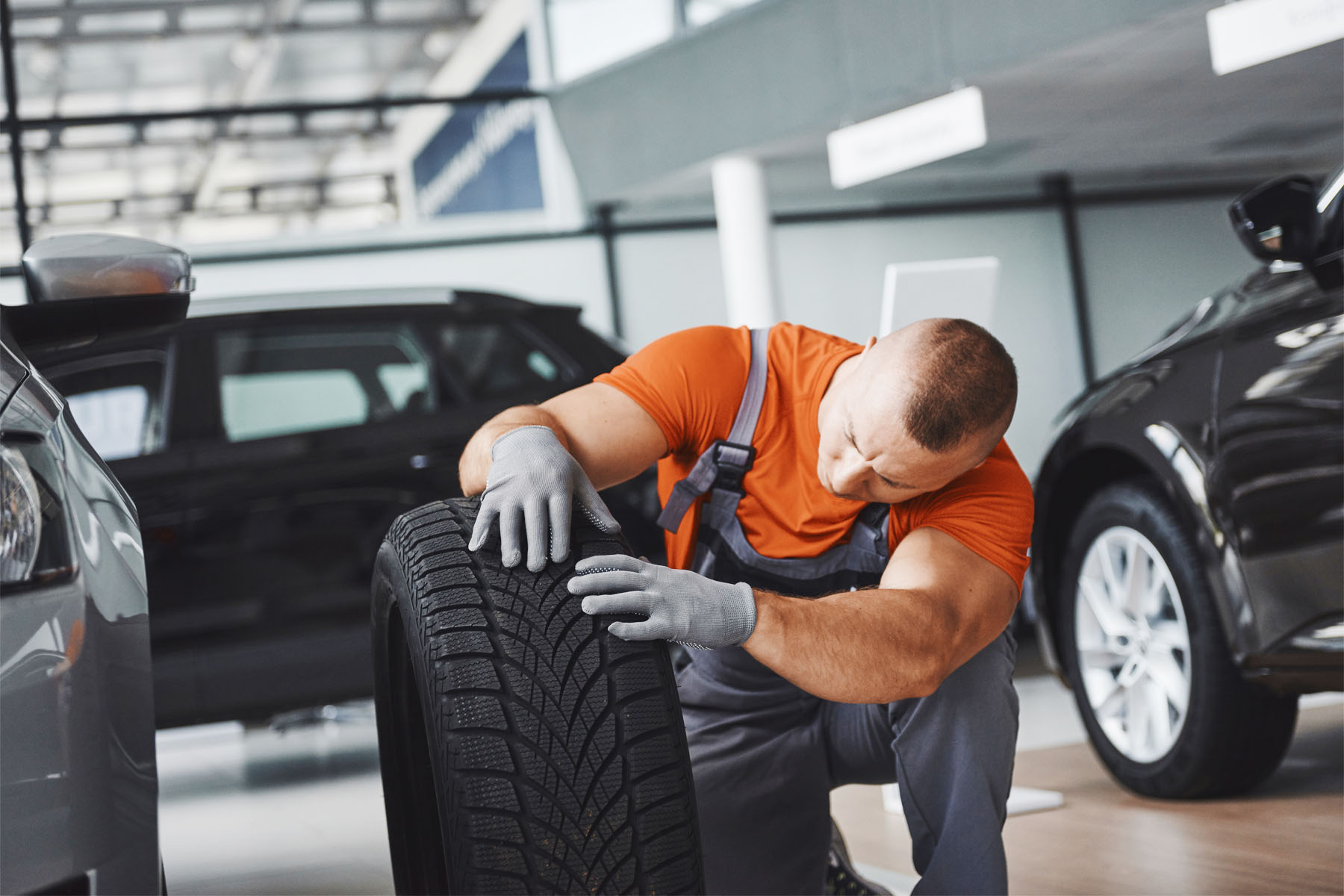Buying used tires for your car may seem unorthodox, but the benefits of purchasing quality ones are well worth considering. In this article, we’ll walk you through why investing in pre-owned tires is a smart decision: cost savings and environmental advantages included! We will also provide helpful instructions to find an established tire shop in Alberta and share tips on how to maintain these used tires so as to achieve top performance.
Key Takeaways
- Used tires offer significant cost savings, environmental benefits by reducing waste, and provide a variety of brands and tire types suitable for different vehicles and driving conditions.
- To ensure you’re buying quality used tires, consider factors such as online reviews, personal recommendations, comprehensive tire inspections, and warranties offered by reputable tire shops.
- Essential tire maintenance for used tires includes regular tire rotation, proper tire inflation, and periodic checking of tire balancing and alignment to ensure performance and longevity.
Benefits of Choosing Used Tires
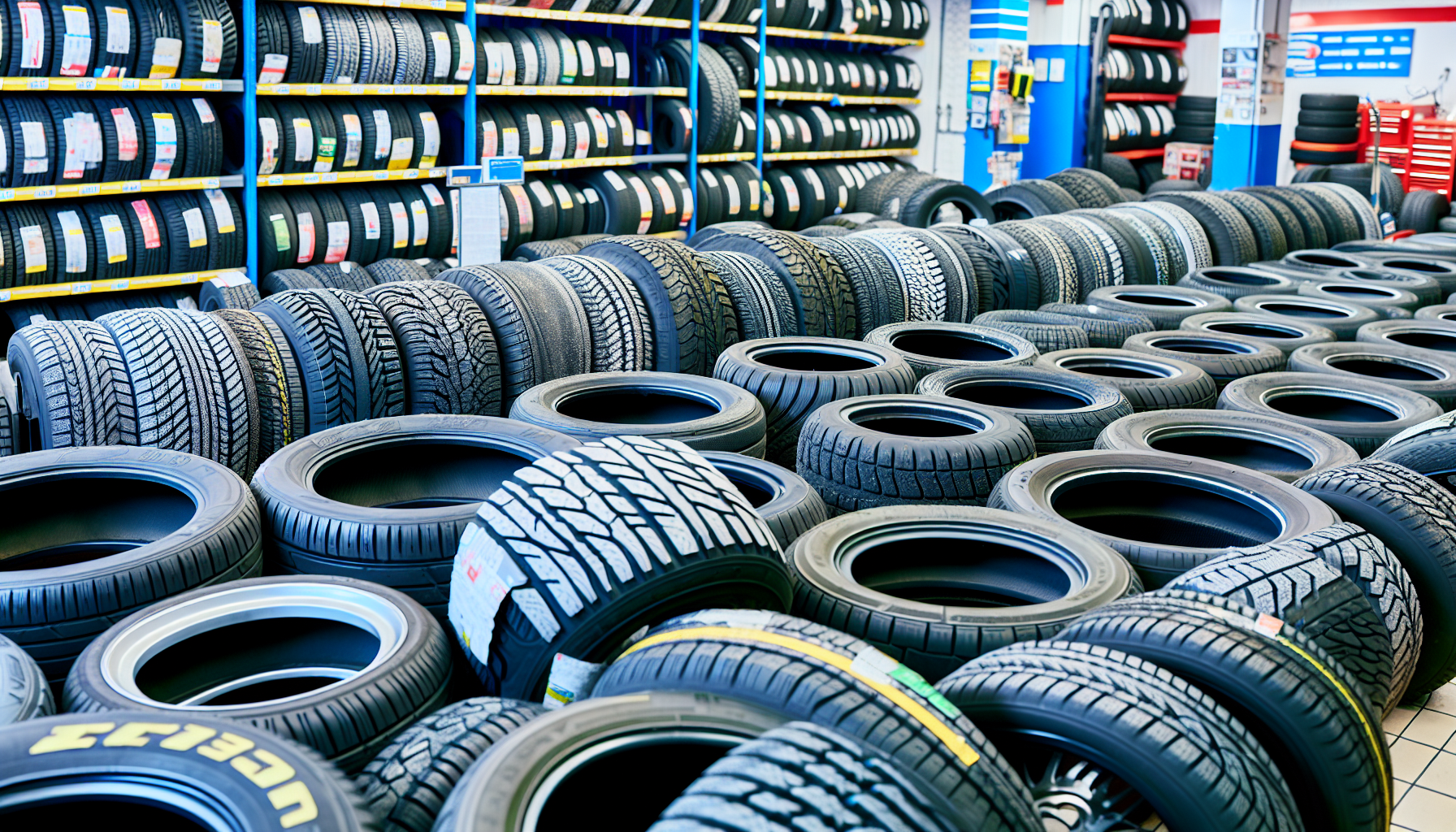
Vehicle owners now have an eco-friendly, cost saving alternative when it comes to tires: purchasing quality used ones. Not only does this benefit one’s wallet, but also contributes positively to the environment as well. A wide selection of brands and types is available – so finding the perfect set that fits whatever make or model you drive isn’t even a matter! Saving on money doesn’t mean sacrificing quality here either. Used tires are sure to provide good wear for many miles ahead too.
Cost Savings
Tire shops selling quality used tires can provide massive savings compared to stores that offer brand new models. The difference in cost could be anywhere between $25 and a remarkable $200 per tire! Although this is great news for people on tight budgets, the compromise of quality does not have to happen – these companies guarantee their second-hand products meet strict standards before being purchased and sold. Thus customers get excellent performance from reliable tires without breaking the bank.
Environmental Benefits
Buying second-hand tires makes not just financial sense, but is also a beneficial choice for the environment. By opting to purchase preowned tires, you are helping out with rubber recycling, which decreases the amount of old car tires ending up in rubbish dumps. This way you can assist in reducing waste and taking part in sustainability initiatives.
Not only that, using used wheels conserves energy too, since it reduces the requirement for new tire production, which requires a great deal of resources as well as power consumption when done on industrial scale. Thus by choosing this option you save money while doing your bit towards keeping our planet green!
Variety of Brands and Types
Shops that offer new and used tires provide a wide selection of tire brands, suited to all kinds of driving requirements and preferences. Highly sought after brands include Michelin, Bridgestone, Goodyear and BFGoodrich, so you can choose the ideal tire for your vehicle according to budget as well as usage.
The range does not end here. Customers are able to select from various types such as all-season, winter or summer tires depending on what climate they expect their vehicles to encounter. Hence consumers have access to suitable solutions whatever season it may be!
Buying tires at these shops is beneficial for most people due to its flexibility in terms of options available – both brand wise (Michelin, etc.) and type wise (summer/all-season). People who want good quality tyres without breaking the bank should take advantage of this opportunity when considering buying replacements or upgrades for their wheels!
Finding a Reputable Used Tire Shop in Alberta
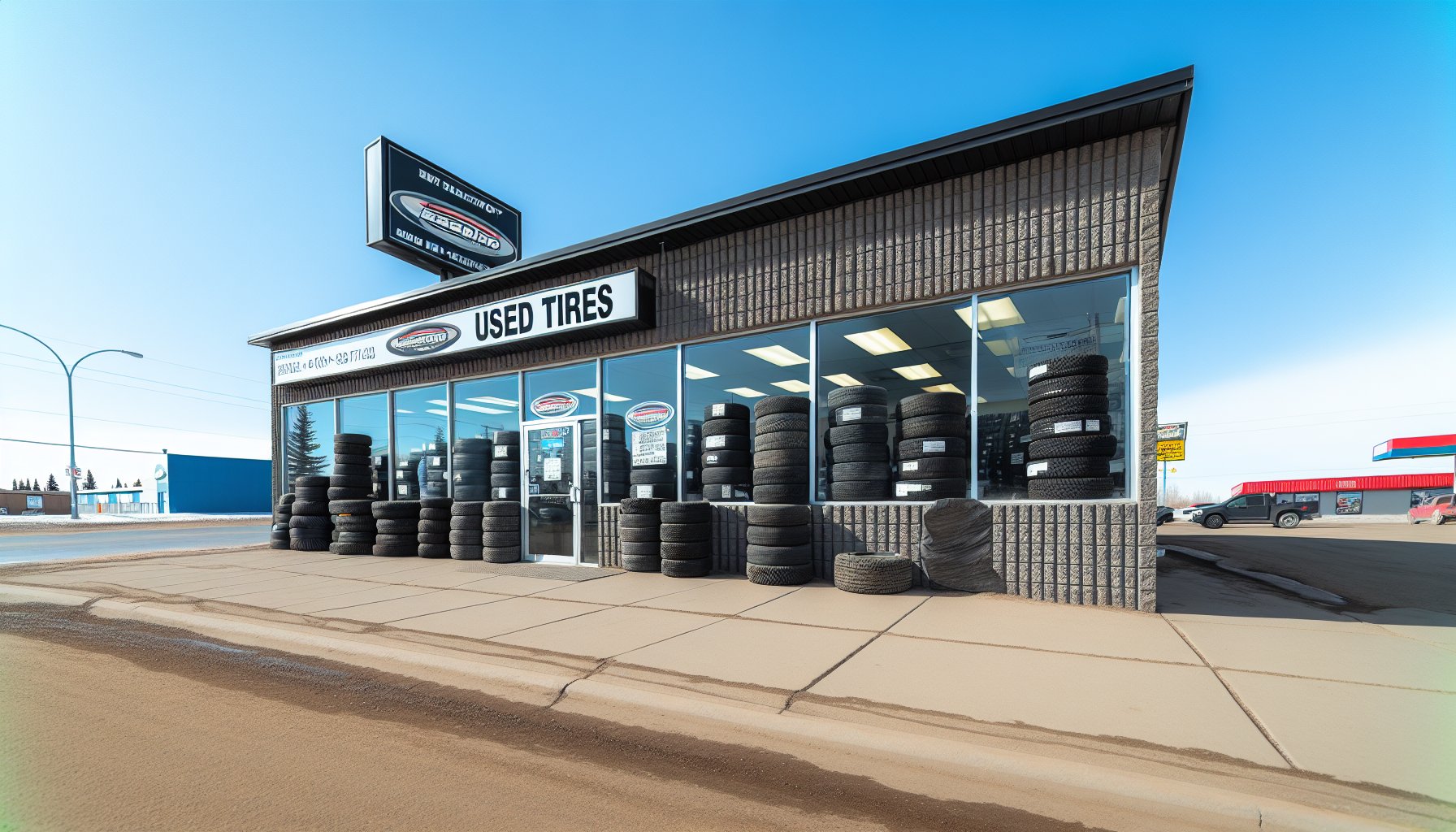
Finding a reliable used tire shop that offers quality products at reasonable costs is crucial. Various components should be taken into account while selecting such an establishment, for instance reviews posted online, referrals from people you know and the free services they present like inspecting tires and warranties.
When deciding on which one to choose, make sure to pay attention to: analyzing feedbacks available about them, gathering recommendations from those close with you, verifying if inspections are done in full detail before any acquisition of tires made ; exploring if this specific store supplies some sort of warranty plan linked with its goods.
Online Reviews
When looking for a reputable used tire shop, online reviews can be hugely useful. They allow consumers to gauge the quality of service and products provided by the team at the store as well as their commitment to excellent customer care. When selecting an expert in tires from these reviews, check out those with positive feedback that has been consistently high over time so you get an idea about what other people’s experiences were like when they bought from them.
It is wise to also consider certain factors before deciding which firm offers competitive prices yet still provides excellent service and good-quality items: ratings received overall, comments left regarding the tires themselves, any remarks made on how customers are treated at this place. Finally, pricing should not be overlooked when choosing your preferred option. If it seems that one particular tire shop does not receive satisfactory appraisals or there have been unfavorable statements concerning its services, opt for somewhere else where the best price might meet better standard and above all great attitude throughout each purchase!
Recommendations
Finding a great place for a reliable used tire shop can be done by gathering personal recommendations. To do this, you could ask family and friends if they have any suggestions or inquire in online forums for local advice. You may even check with other car-related businesses nearby such as repair shops or dealerships.
When seeking out these types of tips, it’s wise to consider asking questions like how long the customer has been using the business, whether they encountered issues after purchasing tires there before and their overall experience when interacting with staff members at that location. In doing so, one would be able to gauge if said family owned tire store is suitable based on those answers provided by others who had already utilized its services first hand.
Inspection and Warranty
When shopping for used tires, it is important to find a reputable tire shop that offers an extensive inspection and warranty with the purchase. The technicians should check for any signs of wear or damage, including cracks and punctures, as well as ensuring there is enough tread on each tire. Having coverage through their warranty provides reassurance in case something goes wrong after buying them. So before making your final decision make sure you read over what comes along with the guarantee thoroughly so you know exactly what’s included if needed down the road!
Inspecting Used Tires: What to Look For
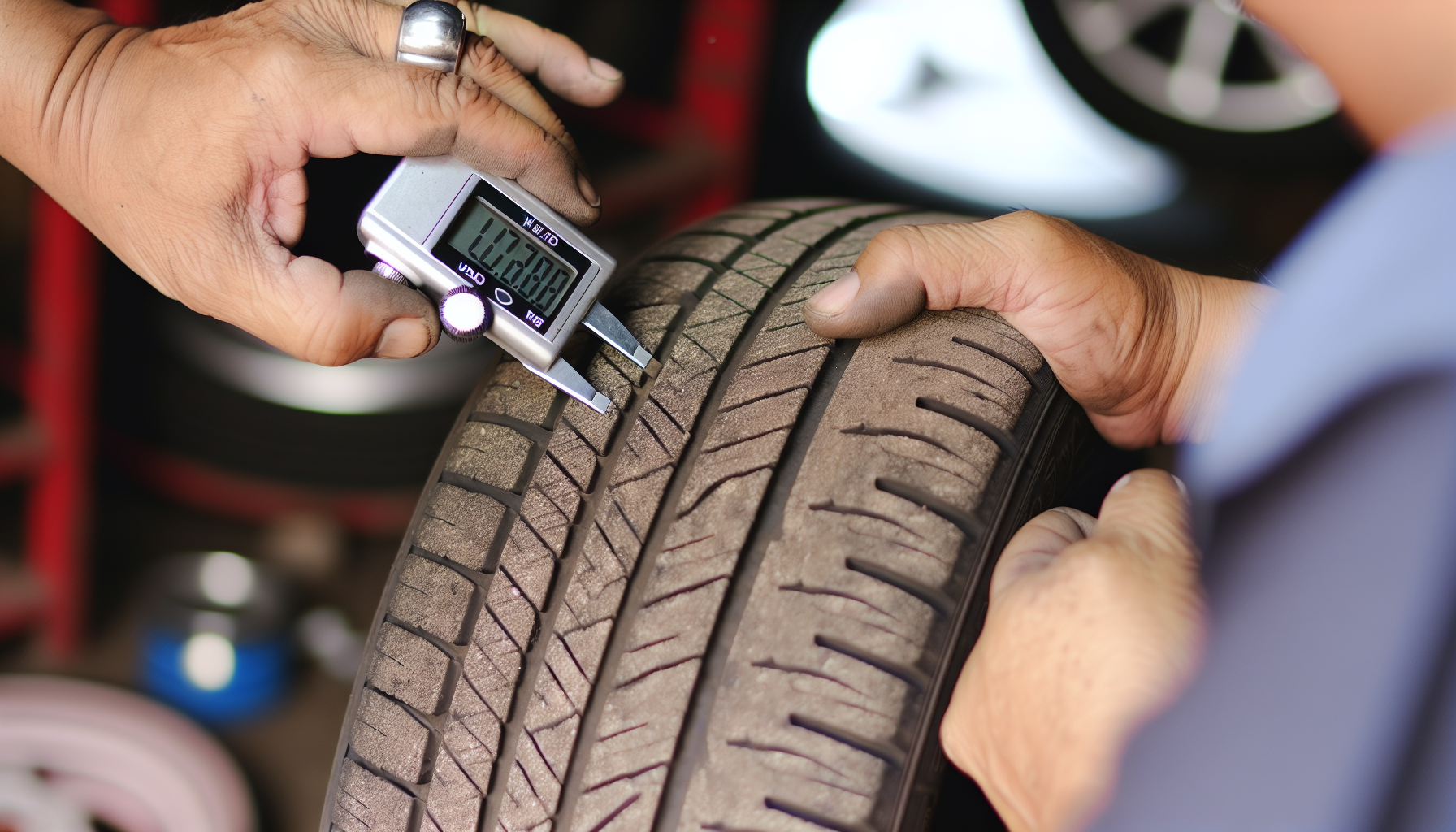
When examining used tires to determine the quality of their product, a few considerations must be taken into account. Of course, checking for tread depth is paramount in order to guarantee reliable performance and safety while driving. This should include ensuring that there’s enough rubber left on them. It is important to look at how old they are as aging tire material may become brittle over time, making grip potentially less secure in particular conditions like rain or snowfall. Lastly, you need to check if any damage such as cracks or punctures have occurred since these could cause serious problems with your new set of wheels including decreased performance and potential risk when behind the wheel.
Tread Depth
When it comes to used tires, the tread depth is an important factor. Maintaining a proper amount of tread on these tires helps provide traction and prevents hydroplaning – something essential for safe driving when roads are wet or snow-covered.
To check if your tire meets legal standards (which set minimum requirements at 1.6 mm), you can use a reliable measuring tool called a tread depth gauge that’s quick and easy to work with! If this measurement reveals that the wear on your tire falls short, then you should go ahead and replace them right away.
Tire Age
When it comes to performance and safety, the age of a tire is an important factor. As time goes by, the rubber on tires can become hardened, which reduces their ability to grip surfaces and increases chances for cracking or punctures. This is why checking how old a tire you are looking at purchasing should be done prior to purchase.
The manufacture date of these tires typically appears as four numbers following “DOT” located in the sidewall. This series includes information that designates what week was used during production followed by its corresponding year number – such as “DOT 2319” would represent a product manufactured within Week 23 of 2019.
Signs of Damage
It is important to thoroughly examine used tires before making a purchase. Make sure that there are no cuts, punctures or lumps on the tire as these can impact its performance negatively and lead to other issues later down the line. It’s also essential to pay attention when assessing the tread of a pre-owned tire. Uneven wear could be an indication that it has not been correctly balanced/aligned previously, which may cause more rapid deterioration in the future.
Tire Maintenance Tips for Used Tires

A brand new set of tires should be properly maintained for top performance and maximum lifespan. Tire rotation on a regular basis is important to help achieve even wear, while maintaining the correct tire pressure helps enhance both power and fuel efficiency. Making sure that your tires are balanced correctly and have proper alignment can prevent premature wear out, which could otherwise reduce their useful life considerably.
Regular Tire Rotation
It’s a must for any motorist to routinely rotate their tires, no matter if they are brand new or used. Rotation can help avoid uneven wear and tear of the tire thread and better maintain its performance while increasing its lifespan as well. For best results it is typically suggested that you do so every 5,000-8,000 miles or around half year based on your driving frequency. By doing this regularly will guarantee even usage throughout all four wheels thus allowing your vehicle to perform at peak level with maximum use of life expectancy from the tires itself.
Proper Inflation
The proper inflation of your tires is essential for maximum performance and secure operations. Too much air can lead to faster wear on the middle part, while too little causes extra strain at its edges. In either case, resulting in early tire failure which could affect handling & fuel economy as well. To ensure you keep good care of them, here are some tips.
- Verify the recommended pressure level within your car manual or label placed inside driver’s side door frame. 2) Inspect each month & before long drives when tires remain cold since heat may cause inaccurate readings by increasing internal air levels.
Tire Balancing and Alignment
Tire maintenance includes balancing and alignment, which should be done routinely every 5,000 to 6,000 miles or as suggested by the vehicle maker. Balance makes sure that each tire has an even weight distribution around its wheel so that vibrations can be avoided and the wear of tires is reduced. Alignment ensures correct angles on your tires for better car performance as well as decreased wear-and-tear with time. Unusual sensations when driving may mean it’s due time for a balance/alignment checkup for your vehicles’ tyres!
Making the Switch: Seasonal Tire Considerations in Calgary and Edmonton, AB
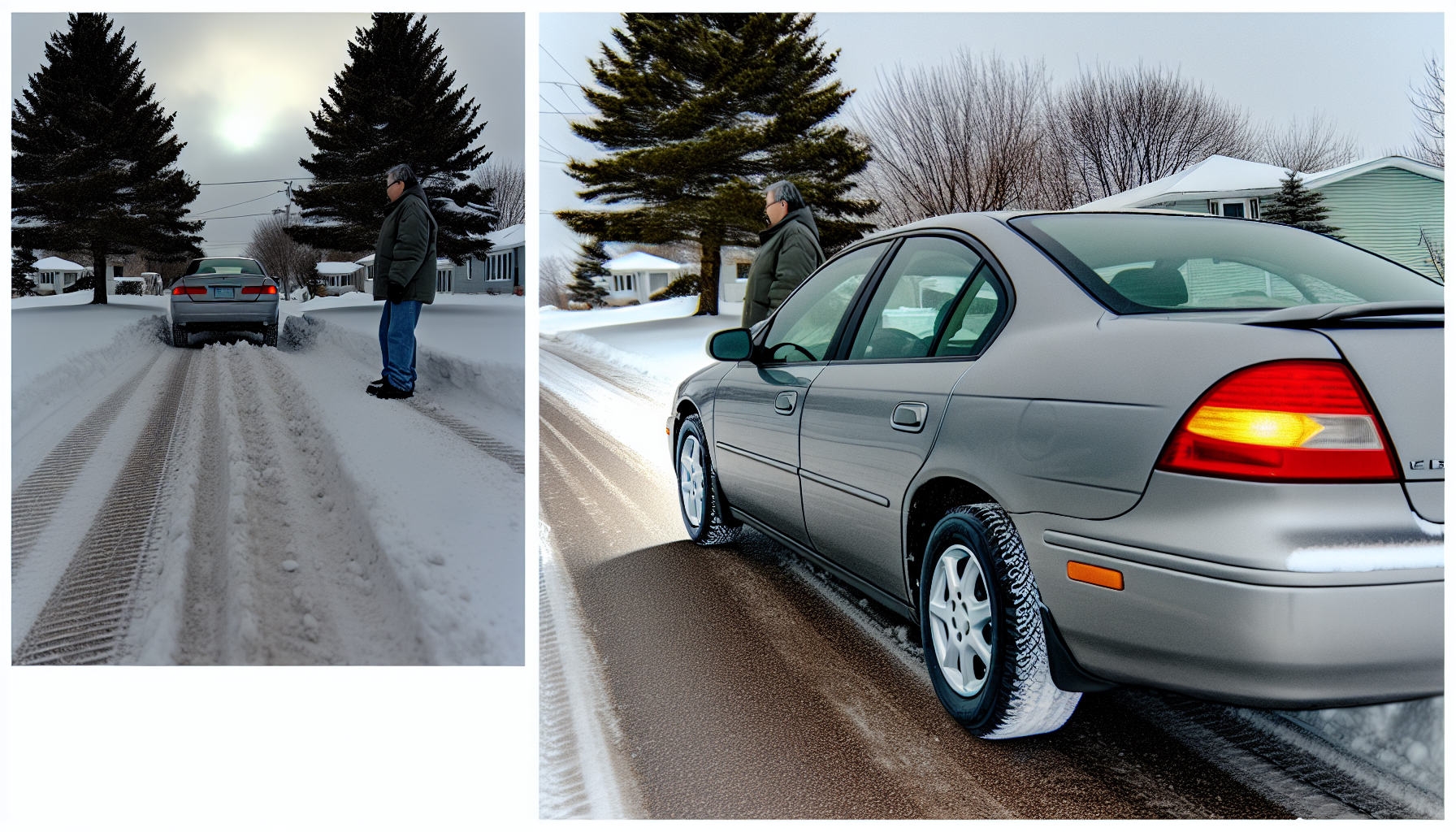
Those living in the Edmonton area might need to switch between various kinds of tires depending on the season. It is suggested that winter tires be used when temperatures dip below seven degrees Celsius and summer ones once it rises above this point again.
In order to decide which type of tire would be best suited for each weather condition, an understanding of their unique characteristics should be gained. The following sections will take a closer look at these matters accordingly.
Summer Tires
When it comes to tire performance, summer tires offer the best results in warm and dry weather. The tread pattern along with its special rubber compound provide excellent grip on both wet and dry roads. Unfortunately these types of tires don’t handle cold temperatures very well. Once they dip below seven degrees Celsius, their traction can become severely diminished. For this reason, if you live where winters are typically freezing, switching your regular summer tires for winter ones is a wise decision.
Winter Tires
When the temperature drops below seven degrees Celsius, winter tires are often recommended for improved traction and safety. The tread pattern of these tires is specially designed to stay soft in cold temperatures, which increases grip on snowy and icy roads. If it becomes too warm outside, then summer tire usage should be resumed as they offer much better handling performance when compared with winter tyres at such conditions. Conversely, using a summer tyre on snow or ice would decrease protection considerably due to its stiffer rubber material not providing enough gripping power against slippery surfaces.
One must switch between different types of tires depending upon weather conditions so that optimum level of road safety can always remain ensured.
Top Frequently Asked Questions About Used Tires
When buying tires for your vehicle, it is important to know the differences between all-season and all-weather tires. All-season tires provide good performance in dry as well as wet conditions and can handle mild winter weather while more specialized winter tires are needed if you live in an area with heavy snow or ice. Summer tyres offer better grip on hot surfaces when driving during warmer months of the year, making them a great choice for improved performance. It’s advised that you switch out your summer season tire sets around mid fall so they’re ready just before winter starts to set in.
Summary
Buying used tires is a smart, economical choice that can help cut costs and reduce environmental waste. Different brands and types of secondhand tires are available to meet individual driving needs as well as different budget levels. It’s important to make sure you get your pre-owned tires from an experienced seller with quality inspection standards in place along with warranties for added security and assurance.
Proper upkeep will ensure your new treads maintain their performance characteristics over time. Tire rotation is recommended on the regular basis along with checking air pressure levels frequently and balancing or aligning them if needed. Weather conditions should also be taken into account when deciding whether it’s necessary to switch between summertime or winter version of the same product type to keep long term usage out of harm’s way at all times.
Frequently Asked Questions
What happens to all the tires?
Tires can be recycled in various ways, with 90% of them used for this purpose. Examples include rubberized asphalt and items such as swings or sports equipment. Old tires are often disposed of at landfills, but the majority are put to use by being recycled into something new.
How do you make old tires look new?
To make old tires look like new tires, scrub them with warm water and dish soap using a bristled brush. For stubborn grime, let the soap mixture sit for a few minutes before scrubbing and rinsing.
What are the benefits of buying used tires?
When buying tires for your vehicle, you can save money and limit waste by choosing to buy used. There are also various types of used tires which suit different driving needs, another big advantage. It’s worthwhile considering the benefits that come with investing in pre-owned tires instead of brand new ones when it comes to both cost savings and environmental impact.
How can I find a reputable used tire shop?
When looking for a reliable used tire shop, research customer reviews online and get personal recommendations. Make sure they have a service and an inspection process in place as well as warranties before purchasing any tires.
What should I look for when inspecting used tires?
It is important to take into account the tread depth, age and any damages present when looking at used tires. All these factors are vital in order to evaluate their overall condition. Paying attention to such details as tire’s tread will help ensure that you’re making an informed decision on the quality of your purchase.

